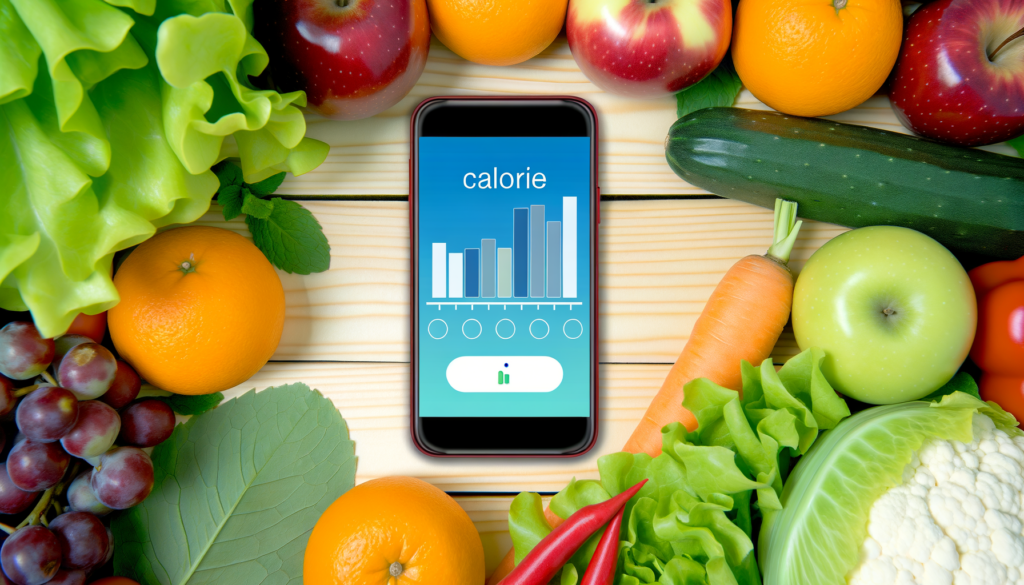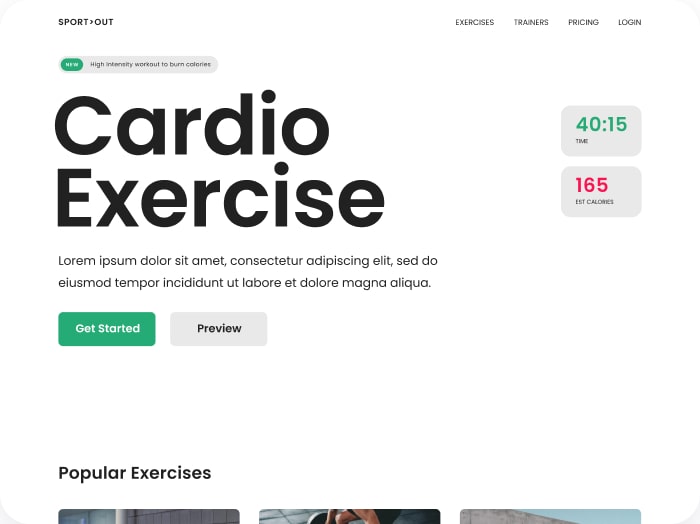Tailoring Nutrition for Parkinson’s Disease: The Role of Calorie Calculator Cloud
When managing Parkinson’s disease, nutrition plays a crucial role in alleviating symptoms, improving medication efficacy, and enhancing overall health. While there is no single “Parkinson’s diet,” a well-planned nutritional strategy can significantly impact the quality of life for individuals with this condition. Here’s how the Calorie Calculator Cloud can be a valuable tool in designing therapeutic diets for Parkinson’s disease.
Understanding Parkinson’s Disease and Nutrition
Parkinson’s disease is a complex neurodegenerative disorder that affects motor and non-motor functions. Diet and nutrition are critical components in the management of this disease. Studies have shown that dietary patterns rich in fruits, vegetables, whole grains, nuts, fish, and poultry, and low in saturated fats, can be beneficial[1][5].
Key Nutritional Considerations
- Antioxidants: Foods high in antioxidants, such as fruits, vegetables, grains, nuts, and dark chocolate, help protect cells from oxidative stress, which is particularly important for individuals with Parkinson’s[2].
- Protein and Medication: The timing of protein intake is crucial when taking medications like levodopa. High-protein meals can interfere with the absorption of these medications, so it is often recommended to take them on an empty stomach or with minimal protein[2][5].
- Symptom Management: Dietary changes can help manage symptoms such as constipation, muscle cramps, and swallowing difficulties. For example, eating soft, seasoned, or carbonated foods can aid in swallowing, while yellow mustard or tonic water may help with muscle cramps[2].
Using Calorie Calculator Cloud for Personalized Nutrition Plans
The Calorie Calculator Cloud offers a powerful tool for creating personalized nutrition plans that can be tailored to the specific needs of individuals with Parkinson’s disease.
Customizable and User-Friendly
- Landing Pages: You can create custom landing pages that integrate the calorie calculator, allowing users to input their specific dietary needs and preferences. This can be particularly useful for healthcare providers or nutritionists who need to design individualized meal plans[3].
- Integration with Health Platforms: The calculator integrates with various marketing and health platforms such as ConvertKit, HubSpot, and Mailchimp, making it easier to share calorie calculations and receive personalized nutrition suggestions[3].
Practical Applications
- Meal Planning: The calculator can help in planning meals that are balanced and nutritious, ensuring that the individual gets the necessary energy, protein, vitamins, and minerals. For example, it can suggest meals that are high in antioxidants and beneficial fats, such as those found in nuts, olive oil, and fish[5].
- Symptom-Specific Diets: By inputting specific dietary restrictions and preferences, the calculator can provide meal plans that help manage Parkinson’s symptoms. For instance, it can suggest foods that are easy to swallow or that help with muscle cramps[2].
Case Studies and Research Insights
Mediterranean Diet and Parkinson’s
Studies have shown that adherence to the Mediterranean diet is associated with a lower risk of developing Parkinson’s disease. This diet, rich in fruits, vegetables, whole grains, and healthy fats, can be easily incorporated into the calorie calculator to provide personalized meal plans[1][5].
Nutritional Requirements in Neurological Diseases
For individuals with neurological diseases like Parkinson’s, nutritional requirements are critical. The Calorie Calculator Cloud can help estimate energy needs based on factors such as body weight, physical activity, and body composition, which is particularly important for managing conditions like ALS where nutritional status is a prognostic factor for survival[4].
Implementing the Calorie Calculator Cloud in Clinical Practice
Collaboration with Healthcare Providers
Healthcare providers can use the Calorie Calculator Cloud to design therapeutic diets for their patients. By consulting with registered dietitians and other healthcare professionals, patients can receive personalized nutrition plans that are tailored to their specific needs and symptoms.
Patient Engagement and Education
The user-friendly interface of the calorie calculator makes it an excellent tool for patient education. Patients can input their own data and receive immediate feedback on their nutritional intake, helping them make informed decisions about their diet.
Conclusion and Next Steps
Designing therapeutic diets for Parkinson’s disease requires a comprehensive approach that considers the individual’s nutritional needs, medication regimen, and specific symptoms. The Calorie Calculator Cloud is a valuable resource in this endeavor, offering a customizable, user-friendly, and integrative solution for creating personalized nutrition plans.
Getting Started
- Consult a Healthcare Provider: Before making any significant changes to your diet, consult with your physician or a registered dietitian to ensure that the changes align with your health needs.
- Explore the Calorie Calculator Cloud: Visit the Calorie Calculator Plans to see how you can integrate this tool into your health and wellness strategy.
- Make Gradual Changes: Start by making small changes to your diet, such as adding more fruits and vegetables or avoiding high-protein meals when taking certain medications.
By leveraging the Calorie Calculator Cloud and working closely with healthcare providers, individuals with Parkinson’s disease can develop and maintain a nutritious diet that enhances their quality of life and manages their symptoms effectively.








